The White House has experienced numerous firsts around the celebration of Christmas, sometimes establishing holiday traditions that spread nationwide. Benjamin Harrison, in 1889, became the first president to set up a holiday tree inside the White House for the pleasure of family, staff, and visitors. Five years later, Grover Cleveland replaced the decorative candles traditionally used to illuminate the White House tree with a string of electric lights, an innovation made possible by the introduction of electricity to the White House in 1891. The public took notice, and before long, family Christmas trees around the country were similarly decorated.
It wasn’t until 1923, however, that a Christmas tree was placed in proximity to the White House for the public to enjoy. That tree, complete with lights and decorations, came to be known as the National Christmas Tree, and this December will mark a century since that first tree lighting, and 100 consecutive years of a cherished ceremony.
A Christmas tree for the people was the brainchild of Lucretia Walker Hardy, acting director of the D.C. Community Center Department. On November 30, 1923, Hardy reached out to C. Bascom Slemp, secretary to President Calvin Coolidge, regarding a national Christmas celebration.
“Hardy wanted to place a tree on the White House grounds, but First Lady Grace Coolidge suggested that it might be best if it was held on the Ellipse near the White House,” notes National Park Service archivist David Krause. “The tree was a 48-foot balsam fir gifted to President Coolidge by Middlebury College in Vermont.”
The first tree-lighting ceremony, on Christmas Eve, drew more than 6,000 visitors, who sang Christmas carols on the South Grounds of the White House. Additional entertainment was provided by the Epiphany Church choir, which performed with the U.S. Marine Band. President Coolidge was present to light the tree but, true to his nickname Silent Cal, made no public remarks.
In response to a national movement led by the American Forestry Association (AFA) to use live trees for community Christmas trees, it was decided that the National Christmas Tree should be a live tree as well. So in 1924, a Norway blue spruce (donated by the AFA) was planted on the west side of Sherman Park, near the east entrance of the White House. That tree was a highlight of the Christmas celebration until 1929, when it was determined that the decorations and hot lights had caused significant damage. Another Norway spruce was planted in Sherman Park in May, and decorators used scaffolding rather than ladders to protect its branches. Despite these efforts, the tree was found to be in rough shape just two years later and was replaced yet again.
The tree lighting was essentially a local event until 1925, when NBC broadcast carols and the president’s remarks nationally via radio for the first time. The first television coverage occurred in 1946, though it remained regional. Both NBC and the Dumont Television Network broadcast the festivities nationwide the following year.
Construction around Sherman Plaza in 1934 forced the relocation of the National Christmas Tree to Lafayette Park, a seven-acre tract north of the White House on H Street. The tree returned to the Ellipse in 1939, then moved to the White House grounds in 1941 at the request of President Roosevelt, and it still grows there. “A pair of Oriental spruce trees were planted, and one remains today at the southeast corner,” says Krause. “We have a retired National Christmas Tree in the park, which we’re really proud of.”
For 18 years starting in 1954, cut trees were delivered to the Ellipse from various states, many from national or state forests. In 1973, a living tree was reintroduced with the planting of a Colorado blue spruce on the north side of the Ellipse. The current tree, a white fir, was planted there in 2021.
As its popularity grew, the National Christmas Tree celebration expanded over the decades. The lighting ceremony was pushed back to early December, and various activities were added, such as a live nativity, a puppet show for children, and a burning yule log, reports Matthew Costello, vice president and senior historian with the White House Historical Association. However, some activities, such as the blazing yule log, proved problematic and were eventually discontinued.
In an effort to make the celebration around the National Christmas Tree more than just a few hours of carols and speeches, a multi-week, peace-themed celebration was proposed by Edward M. Kirby of the Washington Board of Trade. The first Christmas Pageant of Peace took place in December 1954 and featured a life-size nativity with live animals, exhibition booths, nightly entertainment, and a visit from Santa Claus. The Pageant of Peace continues today, as does the equally popular Pathway of Peace, consisting of 58 smaller Christmas trees, decorated with student-designed ornaments, representing each state, the five inhabited territories, the District of Columbia, and schools managed by the Department of the Interior Bureau of Indian Education and the Department of Defense Education Activity.
The National Christmas Tree lighting was always a huge event, and from 1926 to 1933, a flare was sent into the sky to let the public know. “When they saw the flare, Boy Scouts would trumpet throughout D.C. to let the community know the tree was officially lit,” says Chelsea Sullivan, Public Affairs Specialist with the National Park Service. “And from 1937 to 1942, the Women’s Council of the Washington Federation of Churches placed more than 200 Christmas trees around D.C. to extend the holiday celebration throughout the area.”
Every president since Calvin Coolidge has participated in the annual tree-lighting ceremony, though not always in person. Harry Truman “lit” the tree from his home in Independence, Missouri, during a couple of holiday vacations. In 1981, at the urging of the Secret Service following the attempt on the president’s life in March, Ronald Reagan lit the tree from the East Room of the White House.
Family and colleagues typically join the president during the tree-lighting ceremony, and on occasion others have lit the tree in the president’s stead. In 1961, for example, John Kennedy asked Vice President Lyndon Johnson to take his place because Kennedy had to rush to Florida to be at his ailing father’s bedside. Members of the public are also sometimes invited to participate. In 1983, 7-year-old Amy Benham of Westport, Washington, was invited to light the tree in response to her letter to the Make-A-Wish Foundation.
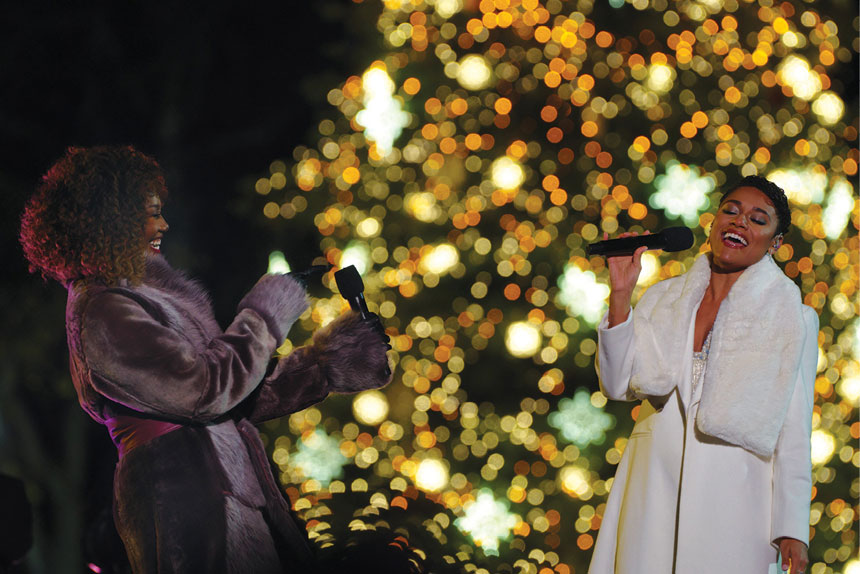
Though the National Christmas Tree is a joyous tribute to the winter holidays, the celebration around it often reflects issues of the day. From 1942 to 1944, for example, the tree was decorated but not lit out of security concerns. The tree also remained unlit, aside from the top ornament, during the 1979 and 1980 holiday seasons in honor of the 52 Americans held hostage in Iran, though in 1980, in a special tribute sponsored by the National Broadcasters Association, the tree was fully lit for 417 seconds — one second for each day the hostages were in captivity. On January 20, 1981 — Reagan’s inauguration day — the tree was decorated and then illuminated the moment the aircraft returning the former hostages cleared Iranian airspace.
The National Christmas Tree festivities have lost none of their pizzazz over the past century and attract thousands of attendees and big-name entertainers. “The lighting of the tree is important because it’s one of the few national traditions that has never been canceled,” observes Krause, who has attended every tree lighting since 1983. “It’s also an important opportunity for the president to address the nation and weave some of the concerns of the day into his Christmas message. It’s a chance to reflect on the past, look forward to the future, and honor the traditions of the holiday as best we can.”
For information on the 2023 National Christmas Tree celebration, visit thenationaltree.org.
Don Vaughan is a freelance writer whose work has appeared in Writer’s Digest, Mad, Scout Life, VFW Magazine, and elsewhere. To learn more, visit donaldvaughan.com.
This article is featured in the November/December 2023 issue of The Saturday Evening Post. Subscribe to the magazine for more art, inspiring stories, fiction, humor, and features from our archives.
Become a Saturday Evening Post member and enjoy unlimited access. Subscribe now
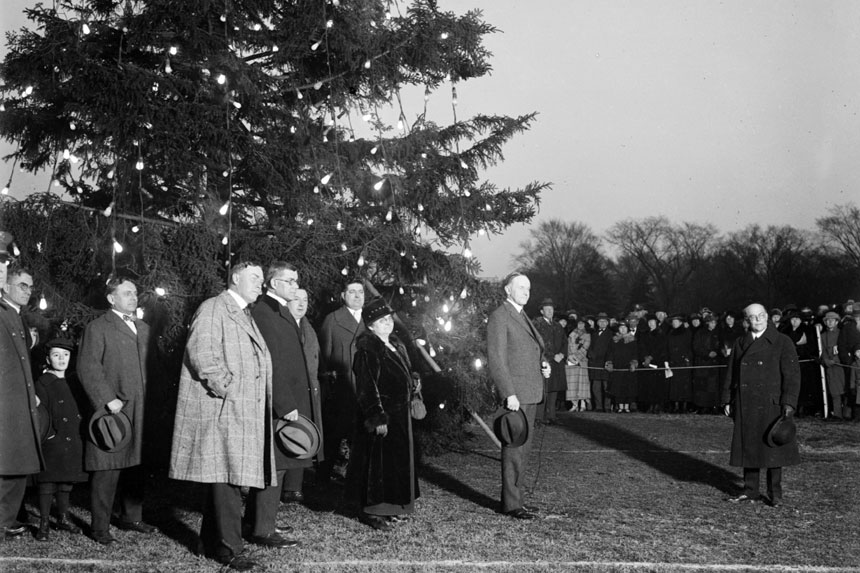
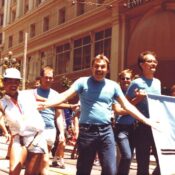
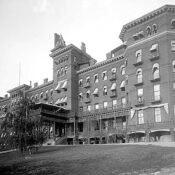
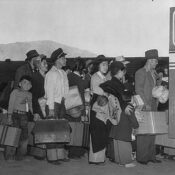
Comments
There’s a lot more to this tradition than I (or most of us) realized. The Women’s Council of the Washington Federation of Churches placing more than 200 trees around the D.C. area between 1937 and ’42 is pretty astounding!
I’m glad the tradition continued during World War II as a soothing continuity and stability during those difficult years, with enough disruptions in American’s lives as it was. Let’s hope the tradition continues uninterrupted as it has over the past 100 years.